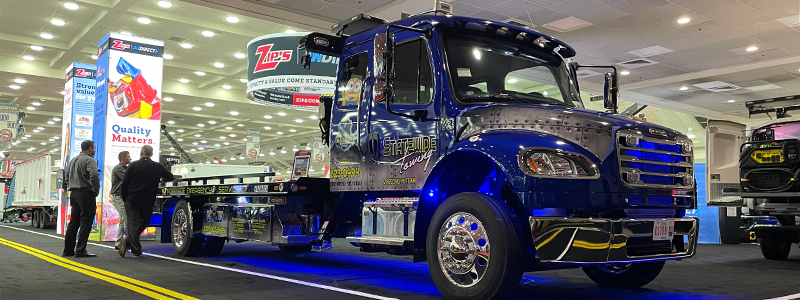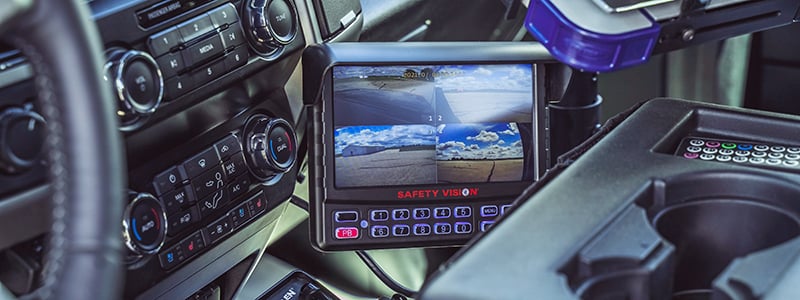Motorcycle Towing: Using a Trailer or Car Carrier
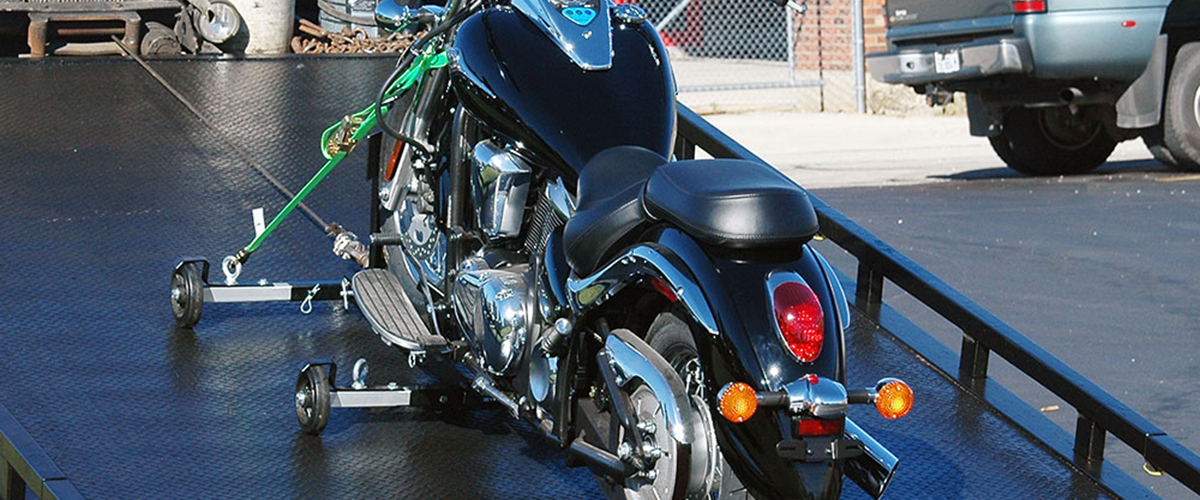
Each spring, warmer weather tends to lure motorcycles out of hibernation and likely increases your chances for a two-wheel towing service job. Be prepared for your next dispatch with the proper procedures and aides for loading and securing a disabled motorcycle onto a car carrier.
Here are a few helpful hints from the team at Zip’s AW Direct. Again, this is just for rollbacks and recreational motorcycle trailers. We will look at loading & towing a motorcycle options for light-duty wreckers in a future blog.
Pre-Planning is Key
Before you leave the shop, make sure you have enough tie-down straps for the job. A fully dressed road bike can weigh up to 800 pounds. Depending on your equipment, you may need up to six lasso straps or more than one motorcycle sling kit to secure and haul a motorcycle.
Secondly, pack enough clean, soft towels—like microfiber cloths or plush covers. They protect polished and finished surfaces from contact with the straps or D-rings. Your customer will more than likely be on scene during the loading process, so you will want to show you care about their investment.

Three Types of Loading Procedures
We have found there are three common ways to load and secure a motorcycle onto a flatbed or car carrier. Each method hinges on the available tools, and what equipment you carry will depend on the frequency of motorcycle recovery calls.
- Manually with tie-down straps only
- Manually with wheel chocks and limited straps
- Winch on with wheeled dollies and tie-down straps
Manually loading a motorcycle onto a car carrier involves the most effort. Hopefully, a second person is available to help, or the owner of the bike can lend a hand at the scene. If working alone, you will likely need a running start to get enough momentum to push the bike up the incline.
If this is your only option, we suggest you keep the kickstand down and place the bike in gear. This allows to keep the motorcycle in place once it’s loaded onto the flatbed and you release the clutch. Before you roll the bike up, engage the clutch with one hand and cover the brake with the other.
Once onto the deck, raise the rollback to a level position with a smooth, steady motion. Do not jerk the bed or fully retract it until the motorcycle is secured with straps. This prevents it from accidentally tipping over.
Also, make sure the back wheel of the bike is fully onto the deck surface before reclining. You can also place blocking behind the wheel to discourage negative movement.
Adequate Strapping Points
Depending on the weight of the bike and how many accessories are in the way, you may need to secure the bike with four to eight straps. Each pair should be installed in opposing directions at 45-degree angles to the flatbed surface. Fairings and saddlebags may present additional challenges, but here are some typical tie-down points:
- Lower triple tree assembly at the front
- Aftermarket crash bars on the side
- Openings in the rear wheel
With no other options available, the kickstand should allow you to stabilize the bike until you can strap it down for transport. We discourage straps across the seat, fuel tank or handlebars; and again, buffer your strapping with soft cloths to prevent unnecessary scratches or blemishes to finished surfaces.
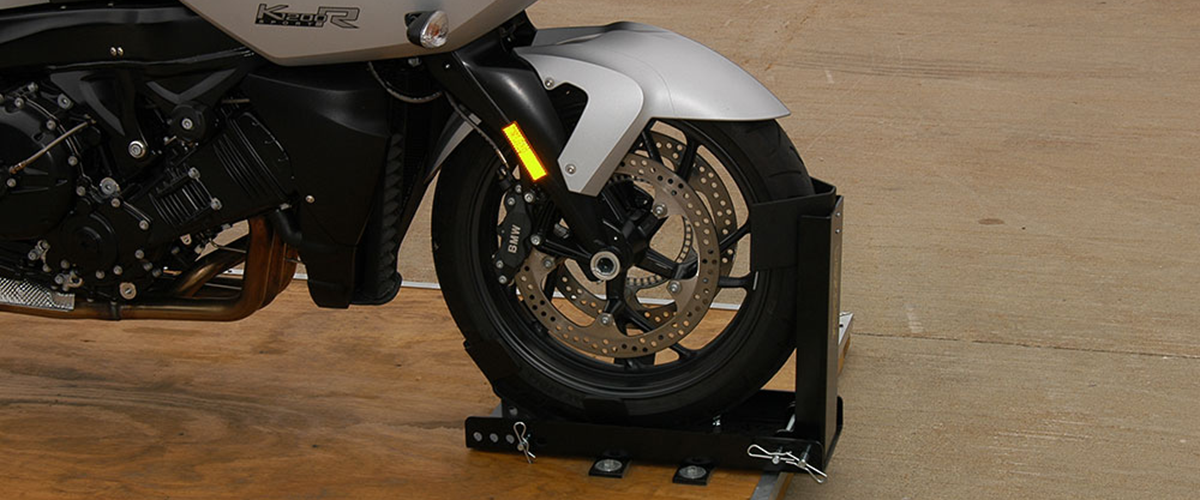
One equipment aide that could be helpful during the manual loading process is a front wheel chock. These metal brackets are permanently bolted to the surface of the car carrier or trailer deck and help keep the motorcycle upright during strapping and transport.
Once installed, the cradle on these chocks can be adjusted for the front tire size. Fewer straps are probably needed with this option since the mechanism is able to hold the motorcycle in position. However, the manual loading process remains the same, and strapping should be adjusted according to the operator’s preferences and comfort level.
Best Option for Reduced Effort
The loading option offering the least amount of effort is using wheeled motorcycle dollies. Here, the front tire of the motorcycle is placed into the cradle, and straps are temporarily hooked from the triple trees to eyelets on the dolly. This balances the motorcycle as the carrier’s winch pulls it up onto the deck with V-straps.
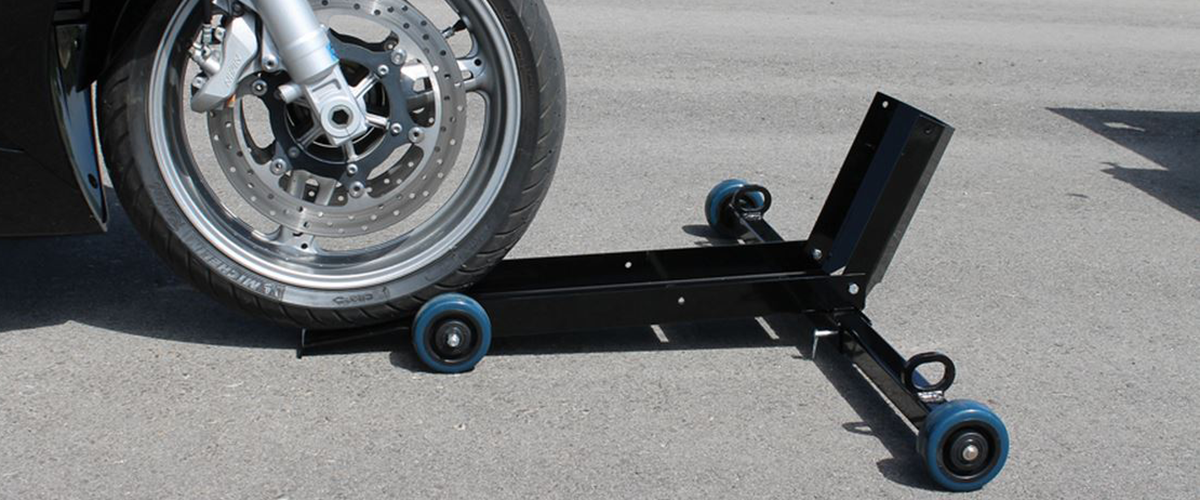
Once you have the motorcycle positioned on the carrier where you want it, remove the straps from the eyelets and hook them securely to the keyhole slots on the carrier deck or to another secure point along the siderails. Place additional strapping where necessary. The motorcycle does not have to be removed from the dolly or caddy prior to transporting a motorcycle.
When first loading a motorcycle onto the dolly, it is best to position it at the lip of the tailboard or ramp. This prevents the wheels from rolling forward when you first push the bike onto the caddy. You will also want to insert the straps into the eyelets beforehand so you can simply reach down from the seated position and hook them around the front forks.
Unlike wheel chocks, wheeled dollies are designed for interim use, and the wings easily collapse for storage in the underside compartment of your car carrier. This way, they are out of the way until you need them, which this time of year, may be more often than you think.


%20blog%20thumbnail.png)
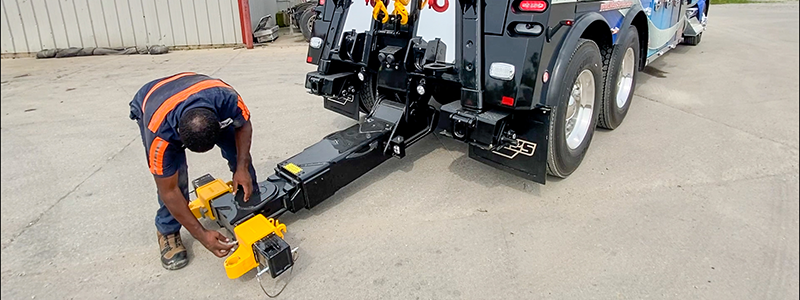
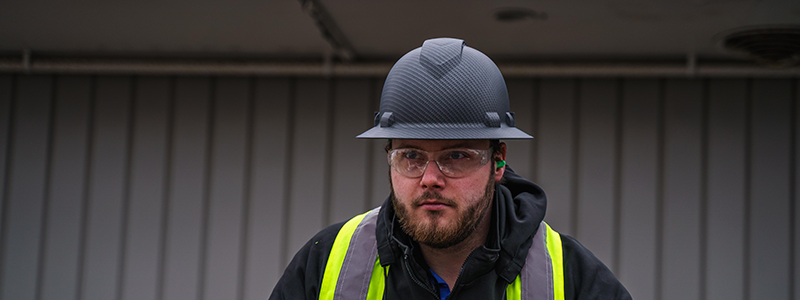
%20blog%20thumbnail.png)
